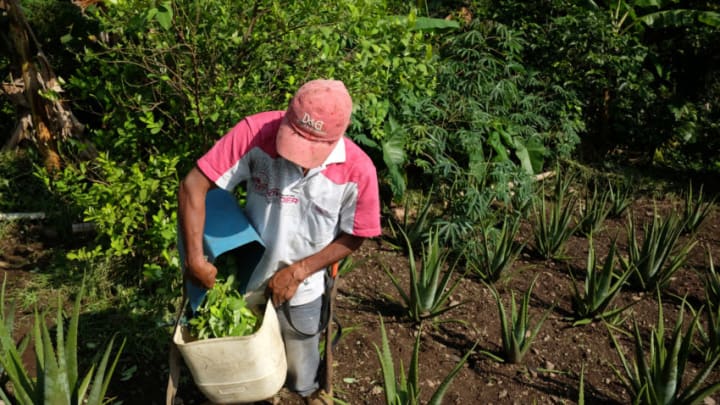Netflix’s The Business of Drugs Season 1 premiere: Cocaine
Though cocaine leaves have a humble, medicinal origin, The Business of Drugs examines how the drug has evolved into something people “war” against. From Freud to Pablo Escobar, from Wall Street to El Chapo, the drug retains popularity, and therefore profitability. Former CIA analyst Amaryllis Fox takes us on a tour of the cocaine trade, from cultivation and processing to smuggling.
She first interviews a Los Angeles-based cocaine dealer named Roy. Roy says he’ll always have customers, telling us that an ounce is worth about $900. Roy stays under the radar by dealing in smaller amounts. We also hear from Dr. Yasmin Hurd, the Director of the Addiction Institute at Mount Sinai. She says cocaine tricks the brain into feeling pleasure through dopamine.
The Business of Drugs: Cocaine is still winning the drug war
More from Netflix
- Snap your fingers, Mattel to release Wednesday dolls and collector sets in 2024!
- Show Snob’s Premiere Review: Watch, Pass, Wait and See (December 4, 2023)
- Show Snob’s Premiere Review: Watch, Pass, Wait and See (November 27, 2023)
- 5 TV Show Advent Calendars you’ll want this holiday season (2023)!
- Miss Face Off? 2 seasons are available to watch on Netflix!
According to the series, cocaine use in America has doubled since 2013. Rodrigo Canales, Associate Professor of Organizational Behavior at Yale, notes that cocaine offers reliable, consistent pricing — important for both buyers and dealers.
Colombia is still the leading cocaine producer since Pablo Escobar. The Business of Drugs compares the old Medellín Cartel to Ikea, which owns forests and milling operations, assuring a smooth production model.
Fox then takes us to Buenaventura, a coastal seaport city where cocaine often passes through. For many, cocaine gangs are some people’s only chance. Economist Hernando Zuleta (Universidad de Los Andes) says, despite risks, cocaine production has stability not as common in other farming ventures.
This even includes coffee wich, despite being commonly consumed, deals with more variables. Amaryllis Fox says those in the cocaine trade are making rational, predictable decisions.
Colombia can’t stop the flow of coke

For a time, the Colombian government spread cancer-causing chemicals on coca crops, which had to be halted. Although the Revolutionary Armed Forces of Colombia People’s Army (FARC) has historically trafficked cocaine, there’s a sense that someone else will always step to the plate. The Business of Drugs compares it to a many-headed hydra. In fact, there’s an almost comical contrast between “Carlos the eradicator” uprooting and eliminating coca crops as “Marco the coca farmer” produces more in his lab.
We see some of the processing. Coca leaves get mulched, then soaked in gasoline. Then a small amount of sulfuric acid is used to extract alkaloids, and we see a cocoa paste. Marcos says he would get killed for challenging the cartel’s pricing. To assist the process, cartels may use drones, submarines, and tunnels. We also meet Luis, who conceals cocaine in children’s toys, among other places.
Inspectors vs. cartels
Fox also interviews Col. Oscar Costillo of the Colombian Army Drug Inspection Unit. Costillo says they have bio scanners and dogs. Still, it’s estimated that at least 1,400 tons of cocaine get through each year. Camillo Herrera, of the anti-narcotics unit, happens to find cocaine headed to Japan. Still, the Mexican cartels are making money — with this series specifically mentioning the Sinaloa Cartel. Collectively, cartels stand to make $24 billion from US sales alone.
The legalization question
After we meet Ramon, a trafficker, we see that cocaine is trafficked from Mexico to El Paso, Texas. We see things are shifting away from underground tunnel systems to a continuous traffick in smaller quantities. Either way, one thing is clear: There is a high demand for cocaine, even though people know it linked to murders. The series ponders whether legalization and regulation might in fact spare lives.
What are your thoughts on this episode of The Business of Drugs? Let us know in the comments!
